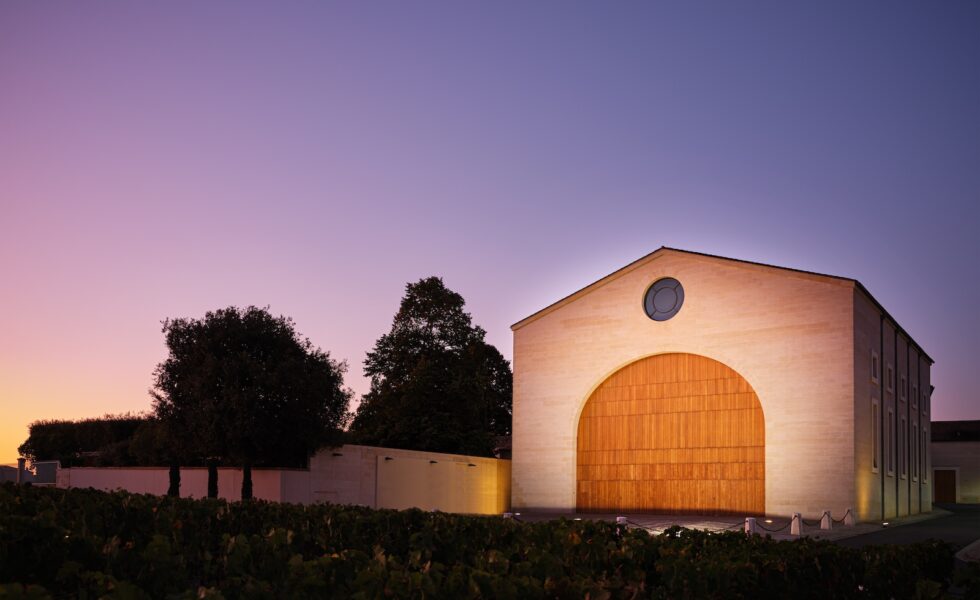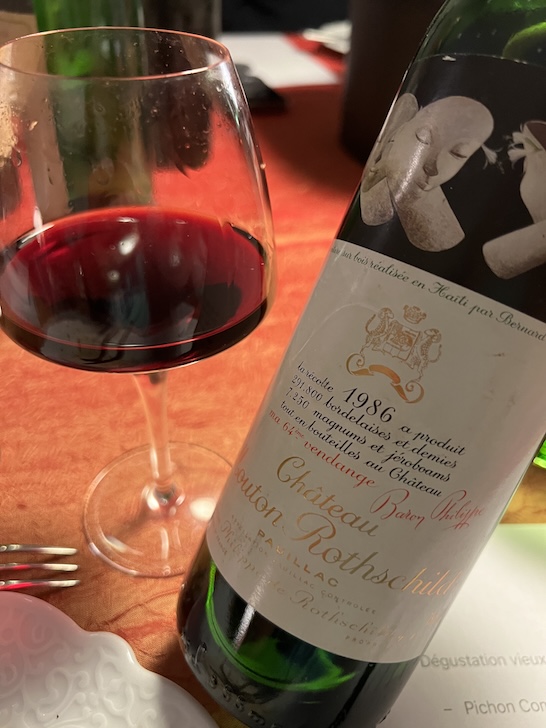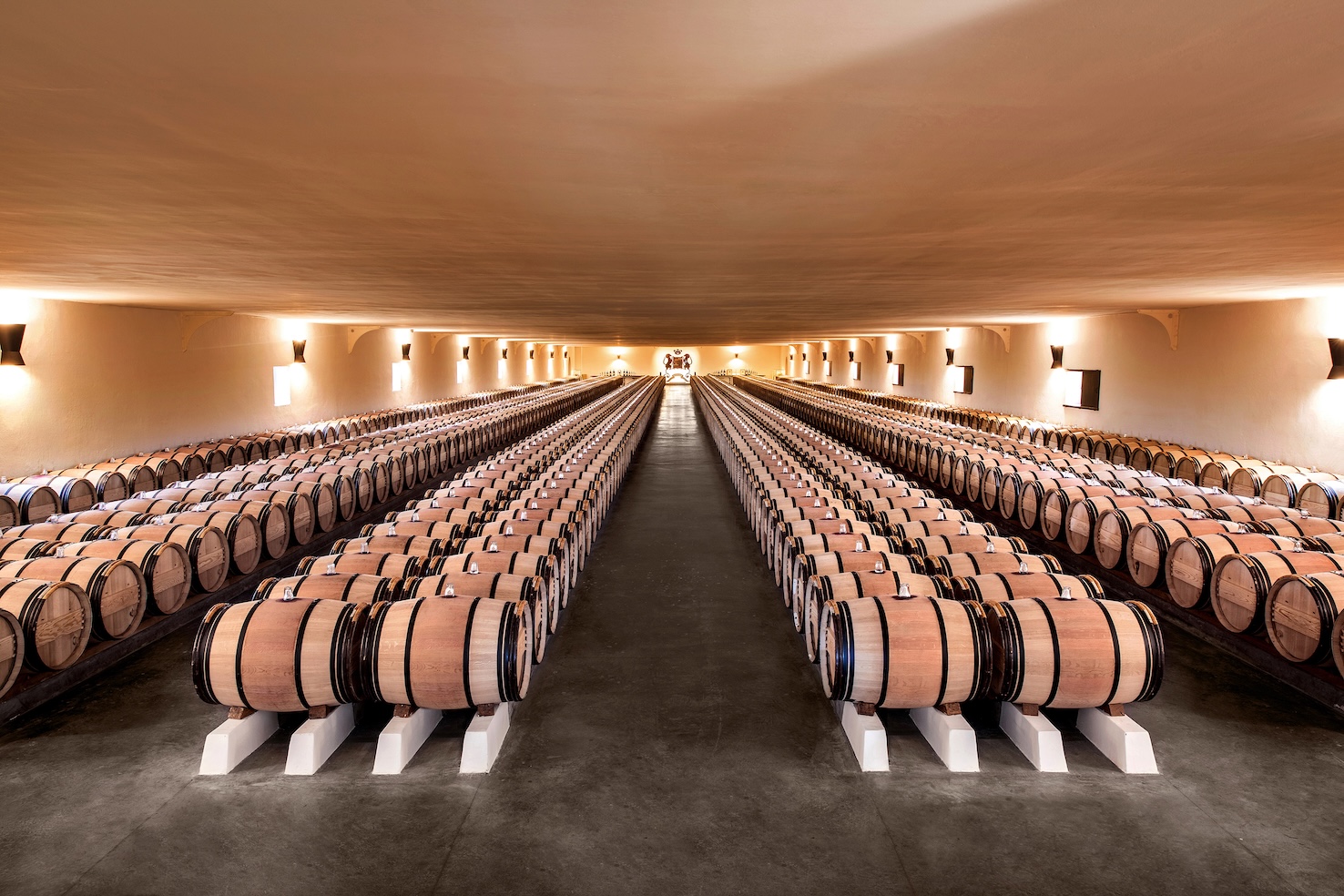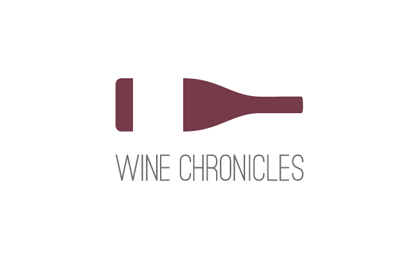The Long Game of Greatness: Mouton Rothschild 1986

By Panos Kakaviatos for Wine Chronicles
Main photo: Chateau-Mouton-Rothschild-Cuvier-nuit-©-Pierre-Grenet-Astoria-studio.jpg
17 October 2025
“I bought this wine upon release,” a dear friend told me, speaking about Château Mouton Rothschild 1986. “When I tried one of my bottles three years ago, it still hadn’t opened up”, he said in September 2025, nearly 40 years later.
World famous wine critic Robert Parker gave this wine from Bordeaux’s Left Bank Pauillac appellation a perfect 100 points early in its life: the same perfect score that he had given to the even more famous 1982 vintage. While the 1982 has proven more sensual and approachable, the 1986 remains indeed rather closed. But what makes the 1986 special? Why is it a legend in the making? To answer this question, let’s first examine the 1986 vintage, in general.
The 1986 growing season began slowly with a cool, damp spring, but fine weather in late spring and early summer allowed the vines to catch up. Flowering took place under ideal conditions. The summer that followed was hot, sunny, and dry, leading to drought stress. Indeed, by early September, many vines had shut down, their grapes struggling to ripen. Thanks to mid-September rains, the vines were able to “restart”. But the downpours had a negative effect for earlier-ripening Merlots, causing dilution as their thinner skins absorbed excess water. For estates that harvested too soon, Merlot-based wines often lacked concentration.
By contrast, growers on the Cabernet Sauvignon-dominated Left Bank (including venerable appellations Pauillac, Saint Estèphe, Saint Julien and Margaux) who waited benefited enormously: three weeks of hot, dry, and windy weather in late September and early October followed the rains, which allowed Cabernet Sauvignon to reach full maturity. Those with patience made structured and age-worthy wines — confirming 1986 as a great Cabernet vintage. So it comes as no suprise that the harvest at Mouton took place at such an appropriately later time, from 2-15 October.
How does Mouton 1986 taste today?
The wine itself blends 80% Cabernet Sauvignon, 10% Merlot, 8% Cabernet Franc and 2% Petit Verdot. A little more open than the firmly closed Château Léoville Las Cases 1986, which I tasted not too long ago, the Mouton Rothschild, tasted earlier this month, exuded initial aromas of intense graphite and pencil lead. It had been opened four hours before but – like Las Cases – proved reserved on the palate, with alcohol at 12.5. Time in glass revealed subtle intensity with fresh fruit and spice underneath, burgeoning freshness and brightness. And what tannic finesse! It was not as tightly wound after over one hour of sipping, but remained very youthful. Then came some fresh meadow and cut herb aspects.

Legend in the making
Château Mouton Rothschild 1986 is truly palate enveloping, or even permeating. It then leaves a long, impressive finish. A wine of power and finesse. More cool blue than ripe black fruit, even though the wine has darker fruit. At nearly 40 years of age, it can be enjoyed in 2025, but needs time and air. I would advise another five to 10 years cellaring to loosen up more, and to acquire more tertiary aspects. Still, what an amazing treat! (99 points)
About the Château
The estate itself, though not originally included in the now famous 1855 classification of wines of the Médoc and Sauternes, was promoted from second to first growth after successful lobbying by then owner Baron Philippe de Rothschild (1902-1988), who had taken a series of long, careful steps to prove the wine worthy of such a promotion. In 1924, he decided that all wines should be bottled at the château, which at that time was not common practice. That decision meant more storage space – and more control over wine quality. The 100-meter long cellar space proved to be remarkably aesthetic, reflecting attention to detail and to beauty. Each year, from 1945, the label of each vintage was illustrated with the reproduction of an original artwork specially created for the wine by a contemporary artist, another practice that sets this wine apart. In 1962, the château itself was transformed into one of Bordeaux’s leading tourist attractions with the inauguration of its Museum of Fine Art, always worth a visit.
Beyond aesthetics, the estate proved in many years how it could compete with illustrious first growth Pauillac neighbors Latour and Lafite. Promotion from second to first growth (a rare change in the otherwise immutable ranking) finally came in 1973, when then French Agriculture Minister Jacques Chirac signed a decree making it so.
The 1986 vintage label boasts an intriguing trio of masks by Bernard Séjourné (1947-1994). The artist was born in Haiti where his family were planters. The white masks on a black background convey mystery and sophistication, interestingly reflecting the style of the wine. You can see all other Mouton labels since 1945, famous for the V for victory, here.

Barrel aging at Château Mouton Rothschild, photo copyright Alain Benoit
Nearly four decades on, the 1986 Mouton Rothschild remains a monument to patience — a wine that reveals itself more in whispers than proclamations. Born of a vintage that rewarded patience, it continues to evolve with slow majesty — firm, fresh, and remarkably youthful. Today, its brilliance lies not in opulence (like the 1982) but in precision — graphite, herb, and cool blue fruit etched against a backbone of iron. Like the château’s own journey from second to first growth, its greatness was never instant but earned through time, discipline, and vision. In a social media driven world, where immediacy is prized, the 1986 reminds us that true greatness often takes its time: It is a legend in the making.
 Wine Chronicles
Wine Chronicles
Share This